Most invasive plant species were originally introduced for ornamental use in landscapes. But because they have naturalized at aggressive rates, they have caused habitat destruction and the loss of native species throughout the Northeast. They present an ever-evolving environmental challenge, with new species taking hold and increasing their ranges as the climate changes and native habitat disturbance continues. It’s a good idea to familiarize yourself with common invasives in your area and keep current with your state’s invasive list so that you can recognize and remove these destructive species when they appear on your property. Reviewing state watchlist plants is perhaps even more important. These are plants that aren’t banned from sale but are locally invasive or potentially an environmental problem. Keeping informed of additions to these lists puts gardeners on the forefront of preventing invasive proliferation.
Below is a selection of species that are either on watchlists in many Northeastern states yet still commonly sold, or explicitly labelled as invasive. Gardeners are often tempted to allow these species to remain or plant them anyway, so I’ve included native alternatives. These function in the same ways as the invasives and can help preserve rather than destroy the environment.
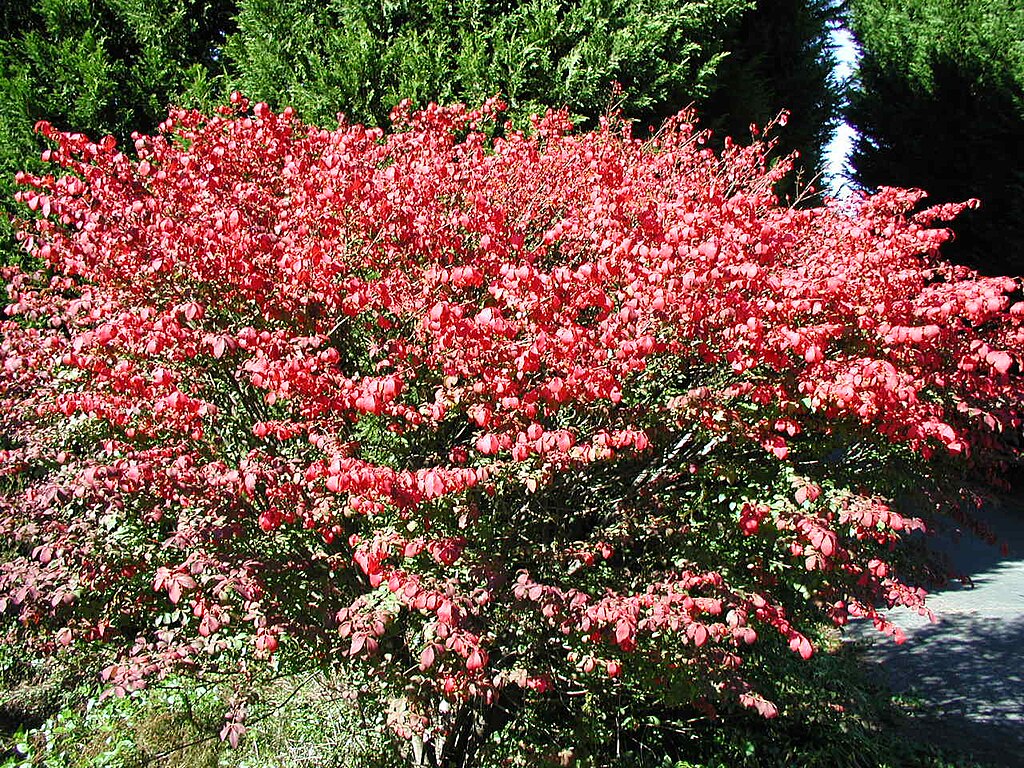
Invasive plant: Burning bush (Euonymus alatus)
Come October, it’s easy to see why burning bush was, and still is, sold in some states for its ornamental value. But it’s equally evident from the oceans of roadside flaming red and pink leaves that it’s terribly invasive, effectively shading out any native understory. Aside from avoiding planting it, gardeners should remove older specimens from their yards.
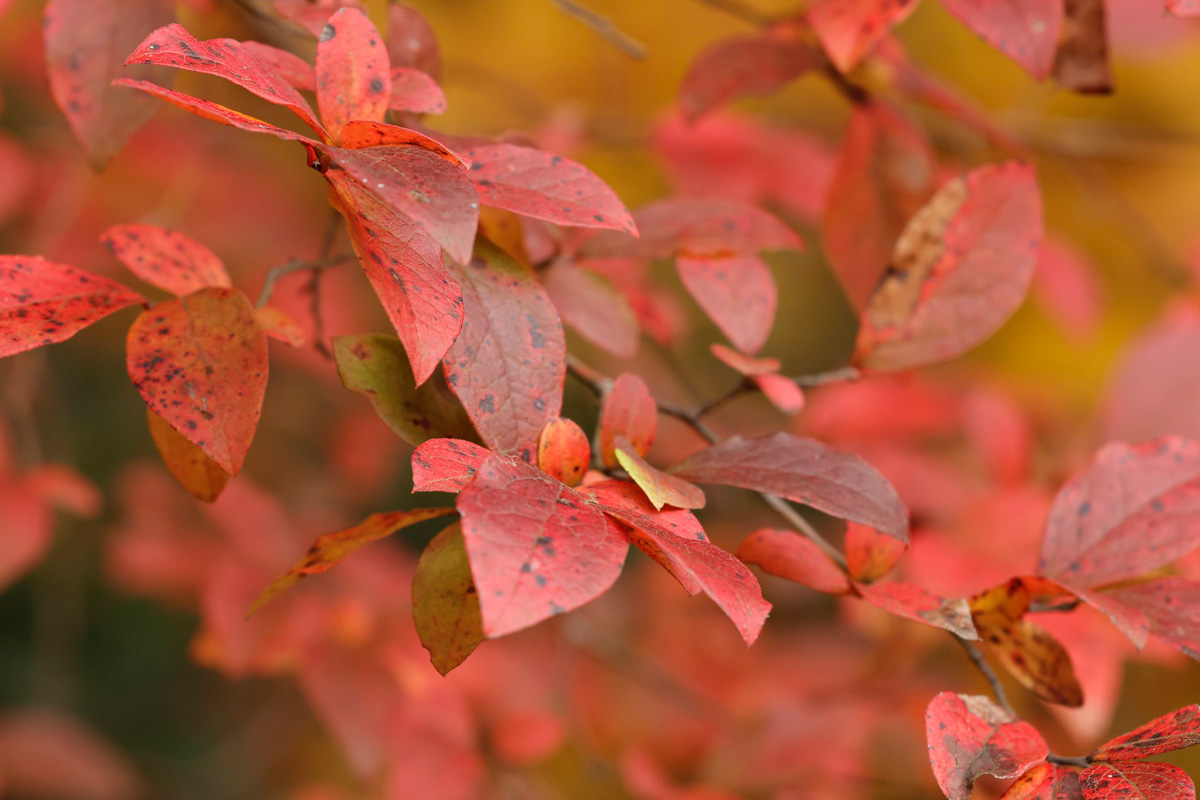
Alternatives to burning bush: Consider highbush blueberry (Vaccinium corymbosum, Zones 3–7) or native viburnums (Viburnum spp. and cvs., Zones 3–9) for shrubs with amazing fall color.
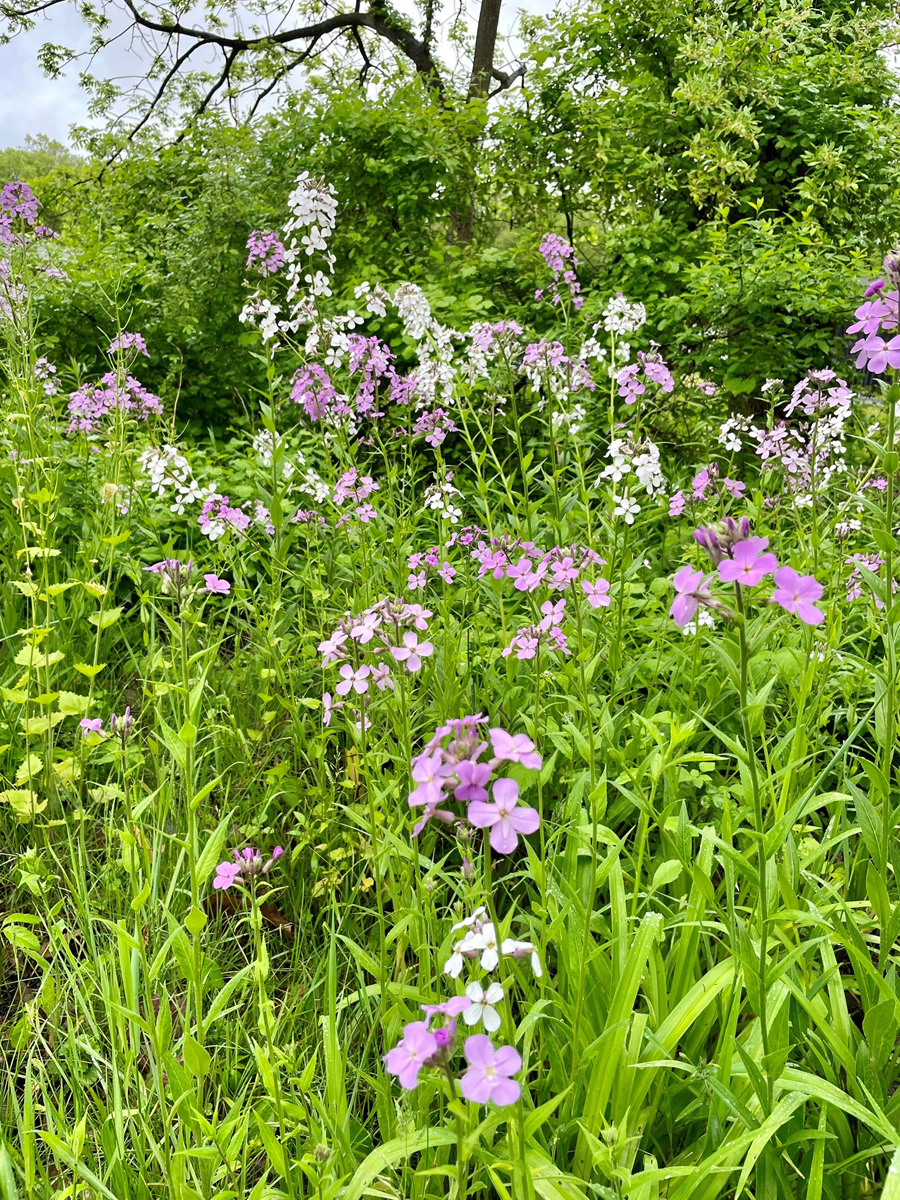
Invasive plant: Dame’s rocket (Hesperis matronalis)
It’s hard not to admire dame’s rocket when it blooms in myriad shades of pink and purple in late spring, but this pretty garden phlox (Phlox paniculata, Zones 4–8) look-alike is on prohibited plant lists in many states. I often notice homeowners have mown around dame’s rocket to preserve it. I have also seen gardeners transplant it into their gardens, mistaking it for phlox.

Alternative to dame’s rocket: Since they look nearly identical, garden phlox is the perfect substitute.
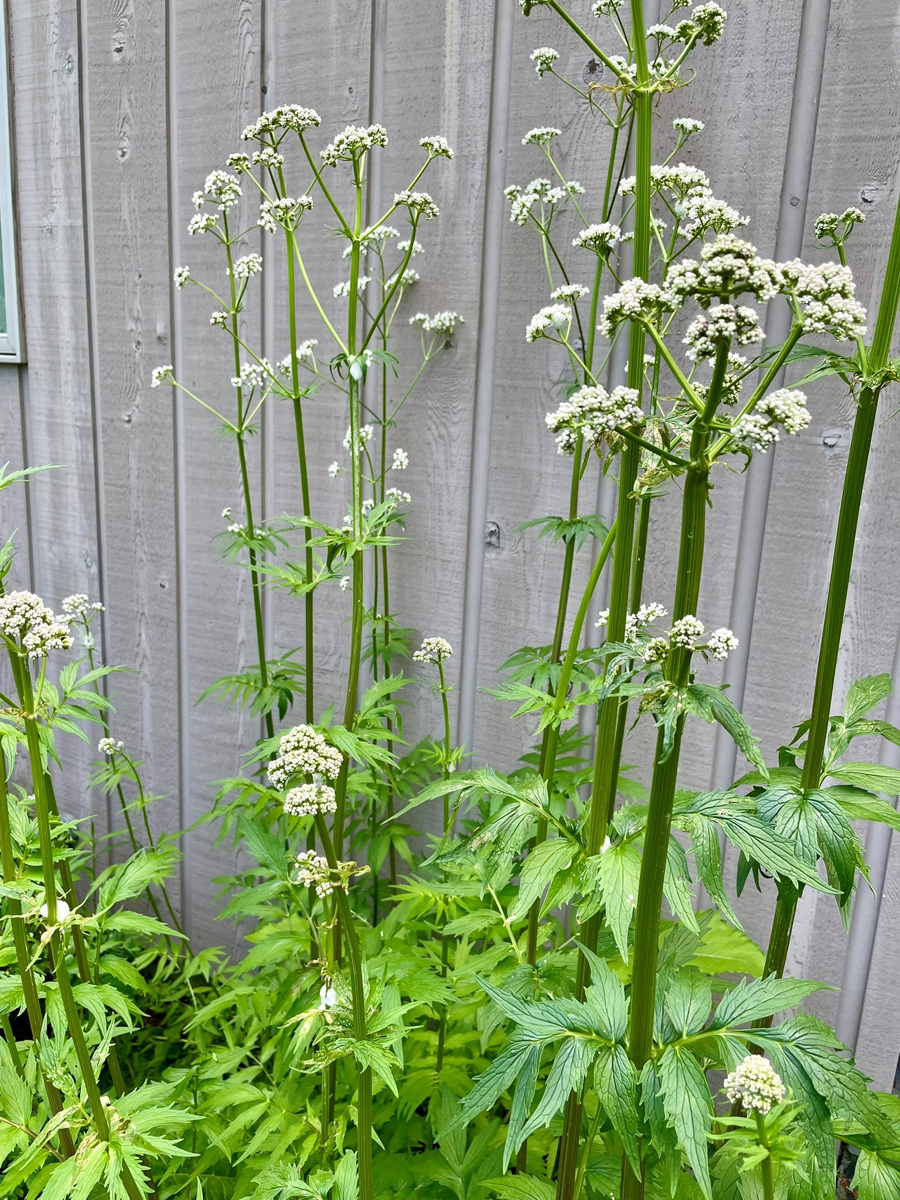
Invasive plant: Valerian (Valeriana officinalis)
Valerian is a popular herbal plant for sleep and relaxation, but in recent years, it has become an invasive problem in Northeastern states and has been added to some prohibited plant lists. It remains a popular herb garden addition but should be avoided, due to its tendency to abundantly spread its seed, both in the garden and well beyond.
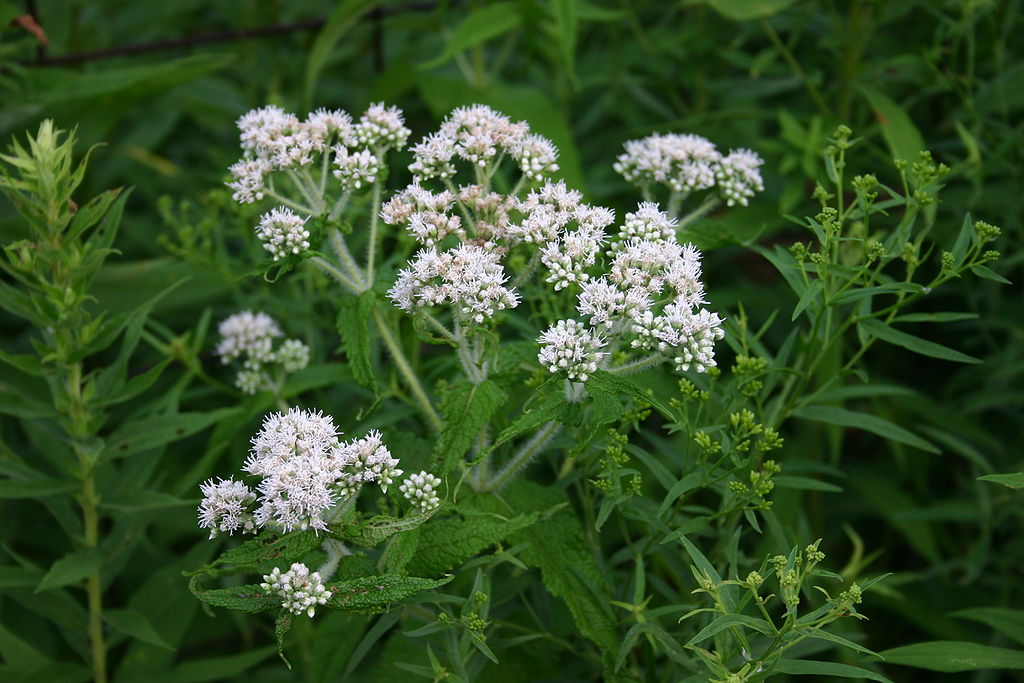
Alternative to valerian: For a native perennial with a similar look to valerian, try common boneset (Eupatorium perfoliatum, Zones 4–8). If you do grow valerian for herbal rather than ornamental use, just be sure to pull it before it goes to flower.

Invasive plant: Wineberry (Rubus phoenicolasius)
Wineberries are unfortunately very delicious! For this reason, I frequently encounter pushback when I recommend homeowners remove this shrub, but wineberry is a highly aggressive, fast-growing species which spreads by both canes and bird dispersal. It can be distinguished from other cane berry plants by its fuzzy red stems.
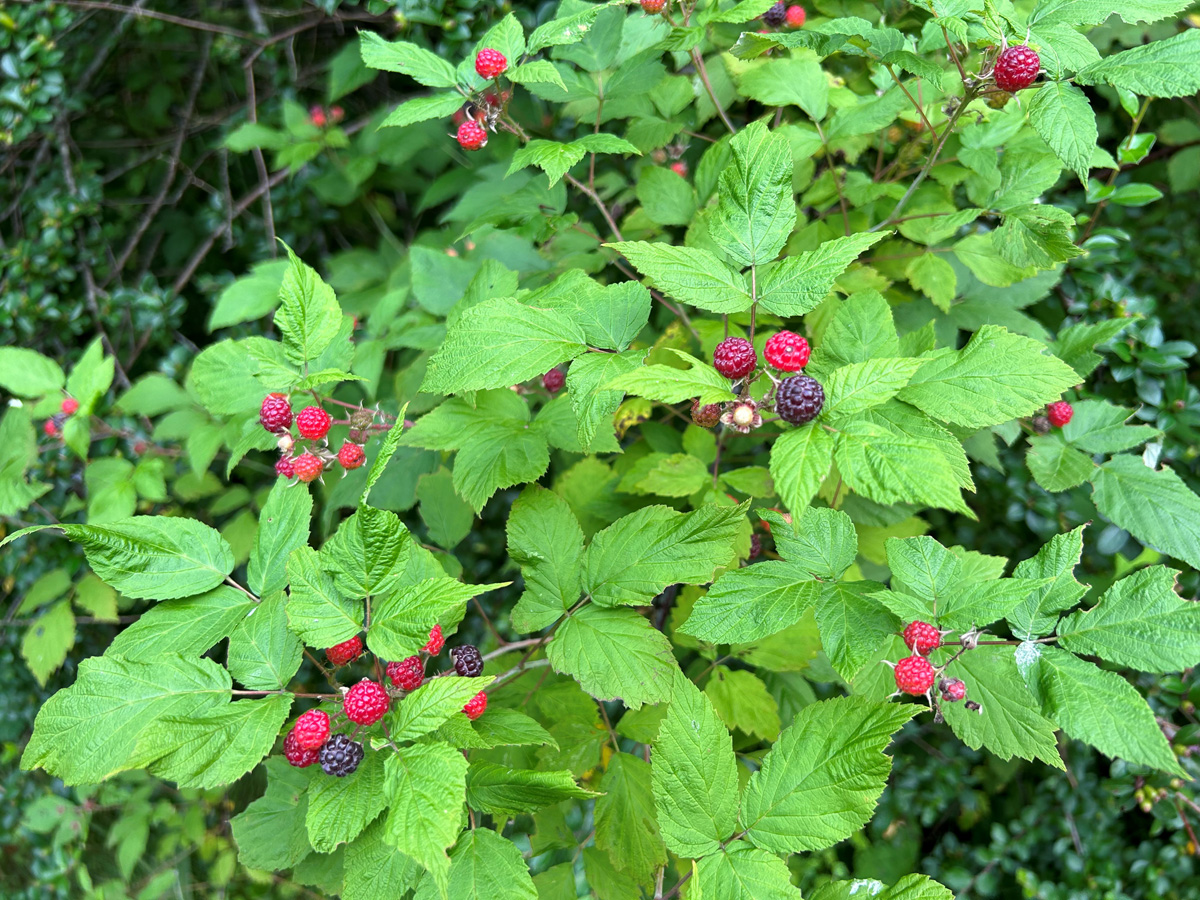
Alternative to wineberry: Wineberry often grows alongside our Northeastern wild black raspberry (Rubus occidentalis, Zones 3–7), which makes an ideal native stand-in when one is tempted to keep wineberry around.
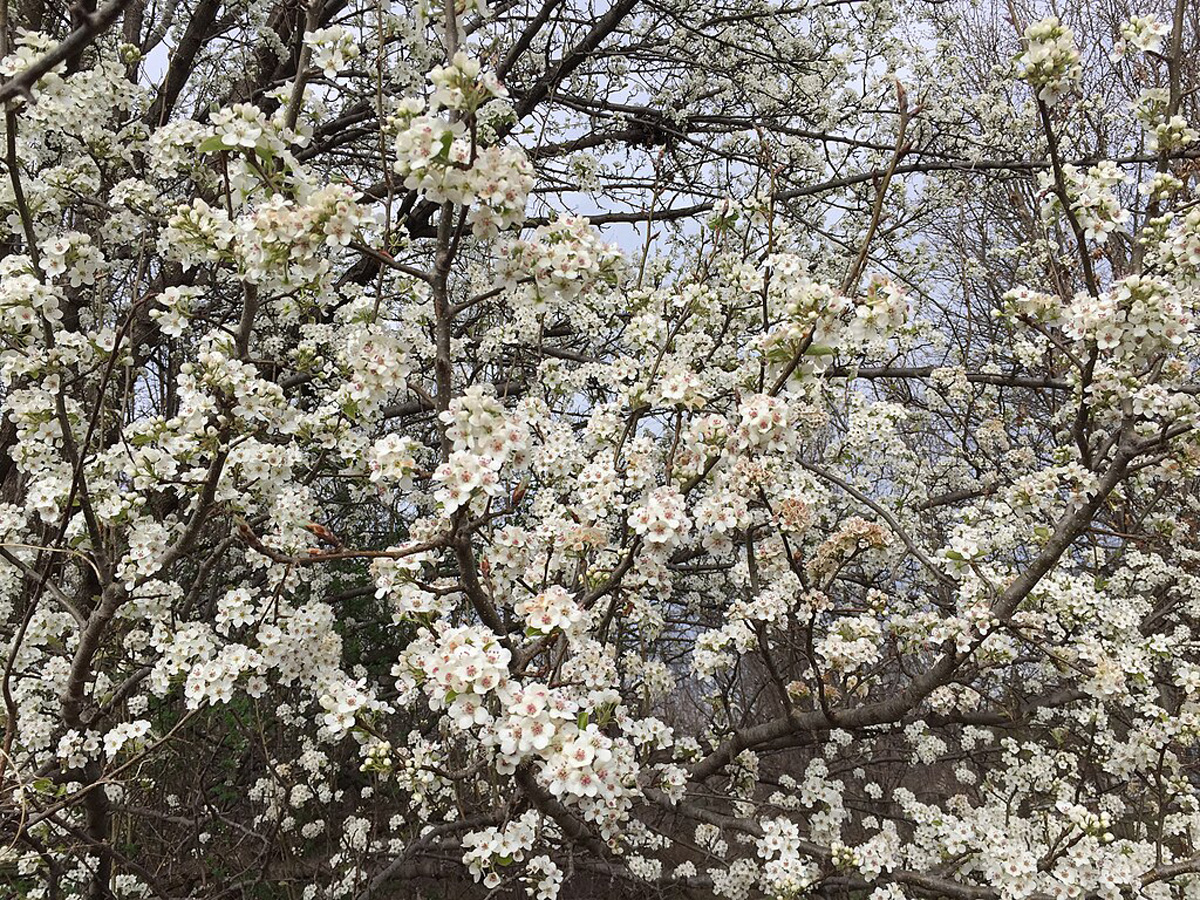
Invasive plant: Callery pear (Pyrus calleryana)
This ubiquitous spring-flowering tree has begun to make its way out of cultivation and has the potential to wreak environmental destruction. Even aside from its invasive tendencies, it isn’t an ideal tree choice, as it has a weak branching structure and branches break easily in storms, disfiguring the plant. If your Callery was damaged this winter, now is the perfect time to consider replacing it!

Alternatives to Callery pear: Native serviceberry (Amelanchier canadensis, Zones 4–8) and thornless cockspur hawthorn (Crataegus crus-galli var. inermis, Zones 3–7) also have delicate white spring flowers. For other native alternatives to Callery pear, read on here.
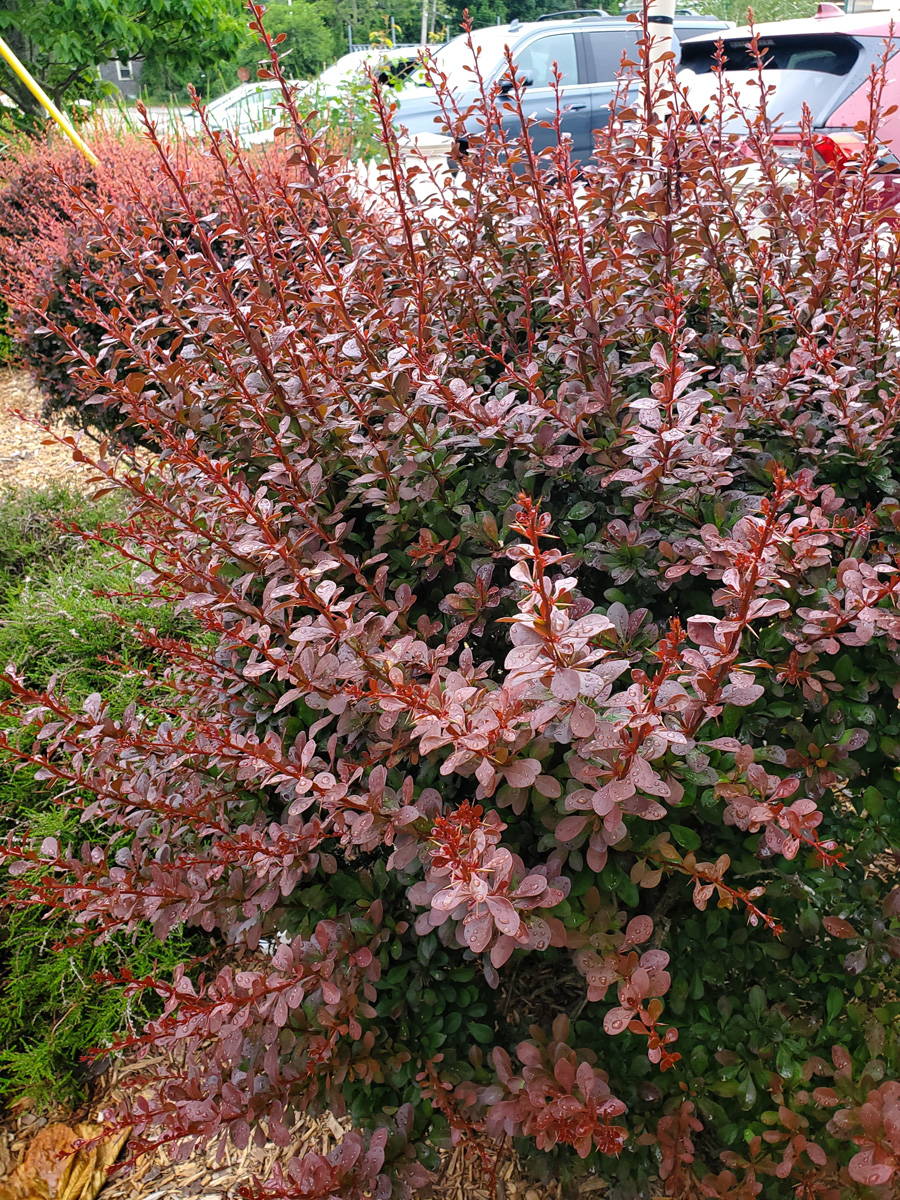
Invasive plant: Japanese barberry (Berberis thunbergii)
Though many cultivars of this woodland vanquisher have already been banned from sale, potentially invasive selections are still prevalent in our Northeastern landscapes. Gardeners would do well to consider removing older selections and replacing them with newer versions marked non-invasive or worry-free.

Alternatives to Japanese barberry: Native shrubs such as Virginia sweetspire (Itea virginica, Zones 5–9), New Jersey tea (Ceanothus americanus, Zones 4–8), leucothoe (Leucothoe spp. and cvs., Zones 5–9), and ninebark (Physocarpus opulifolius, Zones 3–7) all make great alternatives to Japanese barberry.
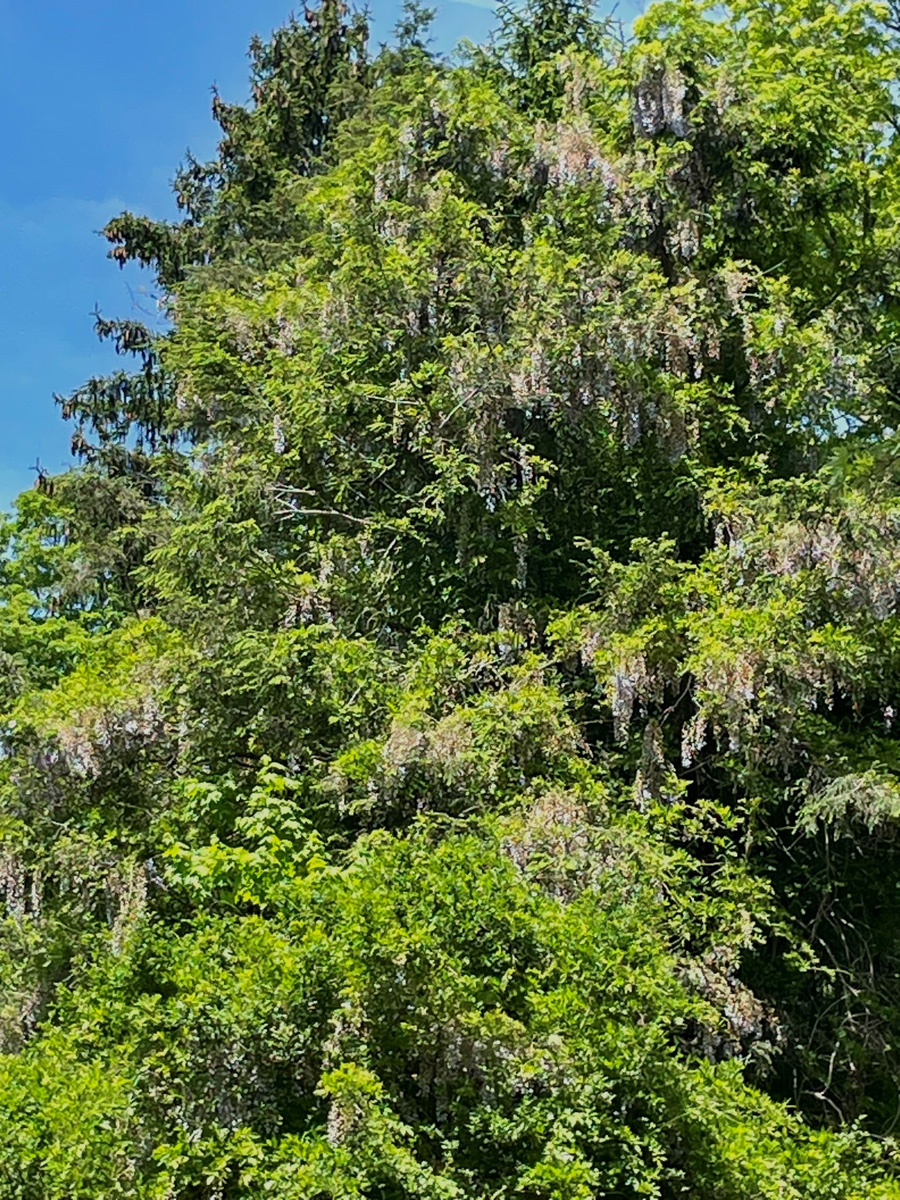
Invasive plants: Japanese and Chinese wisteria (Wisteria floribunda and Wisteria sinensis)
Japanese and Chinese wisteria can strangle and shade out even the largest trees. But unlike their fellow vining aggressor, bittersweet (Celastrus orbiculatus), they travel by an extensive network of stolons, making them potentially even more difficult to eradicate. As beautiful as they are, many gardeners regret planting these overly vigorous vines.
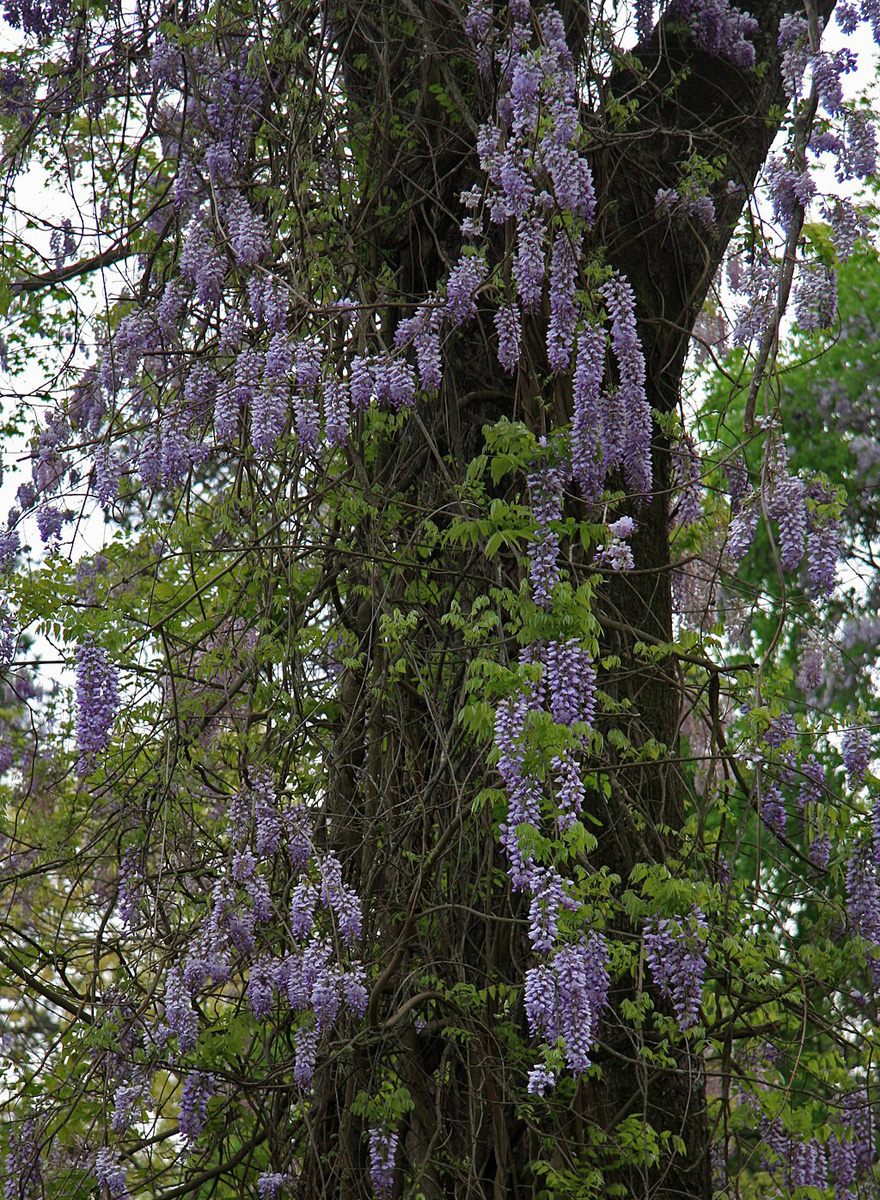
Alternatives to Japanese and Chinese wisteria: The Southeastern native, American wisteria (Wisteria frutescens, Zones 5–9), is a well-behaved replacement, as is our native trumpet honeysuckle (Lonicera sempervirens, Zones 4–9).
To see a full list of prohibited and watchlist plants where you live, visit your state’s agriculture department website. Some states invite public participation in identifying problem plants, and you can report a non-native plant you’ve seen naturalizing in wild areas. Gardeners are in a unique position to observe potentially invasive plants, and there are also many ways to get involved in local efforts to eliminate and control these destructive populations. Getting in touch with local parks or forest associations is a good starting point, whether you are interested in helping on public lands, or simply learning to identify and effectively control your own nuisance species.
To discuss these plants or ask gardening questions, chat with the author on the Gardening Answers forum.
Read on here for more recommendations on alternatives to invasives.
And for more Northeast regional reports, click here.
Chloë Bowers is a landscape designer based in Newtown, Connecticut.
